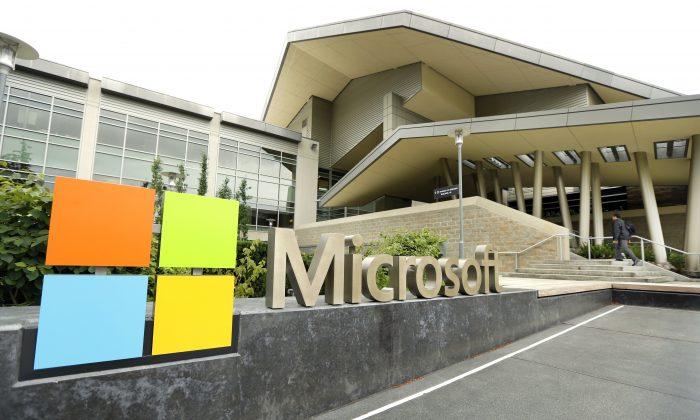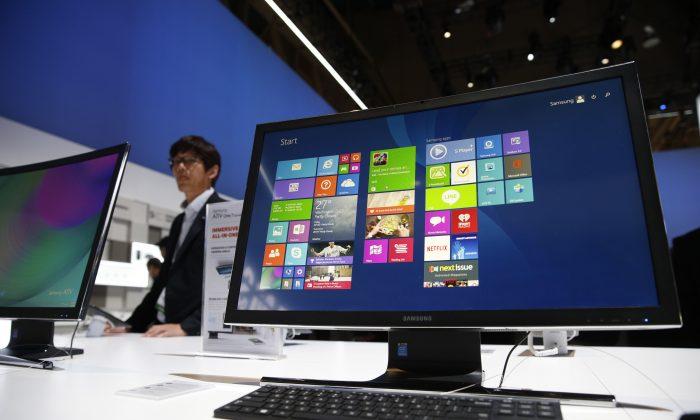On January 21, Microsoft held a press conference where they discussed the next chapter of Windows, and showcased a lot of cool new features that are coming in Windows 10, such as Cortana integration, a new web browser codenamed Spartan, and even new hardware that’s going to enrich the Windows experience.
While some things were discussed in detail, others were only briefly passed to the audience, such as the free upgrade to Windows 10 for users on Windows 7 and 8.1, “for the first year”. This seemed vague for quite a few people, and created a lot of confusion as to what it means and how it works.
First of all, let’s look at what Microsoft announced so far. The company announced that “a free upgrade for Windows 10 will be made available to customers running Windows 7, Windows 8.1, and Windows Phone 8.1 who upgrade in the first year after launch”; Gabe Aul confirmed it more than once on Twitter.
Some people interpreted this as a “one year free Windows license”, which is wrong. Microsoft announced on the Windows blog that it “will continue to keep it current for the supported lifetime of the device – at no cost.”
This means that any consumer that currently owns a Windows 7 or 8.1 license will get to upgrade for free, and will also receive further updates without paying any extra. It doesn’t matter if it’s an OEM license or a separately purchased one, but Windows 10 won’t be free for new users of Windows that only tried the Technical Preview.
There is a catch here, however, as not all editions of Windows will be free. Businesses will not get a free upgrade to Windows 10, but Iot devices such as the Raspberry Pi 2 and consumer machines such as desktops, laptops and tablets, will get it free of charge.
Microsoft has also used the term “Windows as a Service” on their announcements, leading to speculation about Windows moving to a “subscription based” model in the future. Actually, this has more to do with the fact that consumers on Windows 10 will receive frequent updates that will get everyone on the same page.

